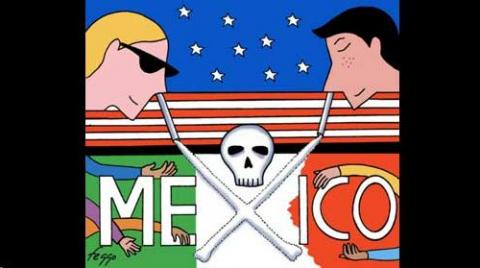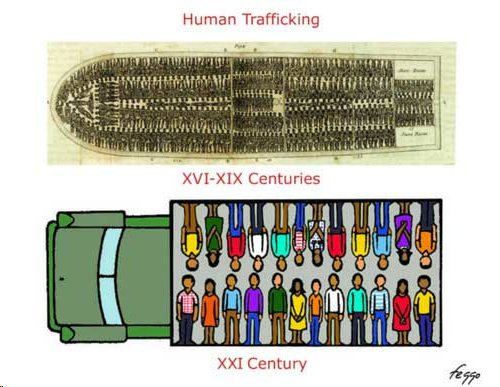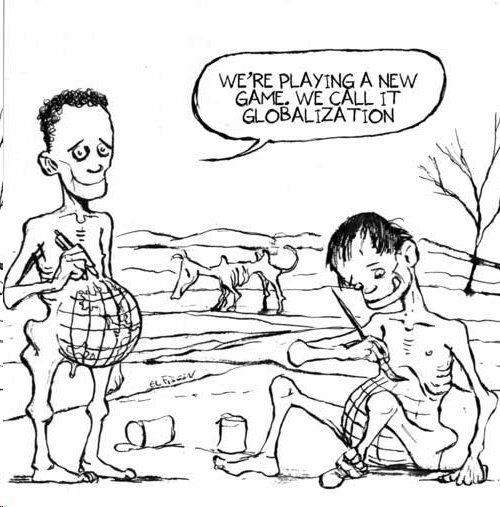Paying Homage to Groundbreaking Mexican Cartoonists and Their Political Message

When I was 14 years old, I ended up getting a torn copy of the 1953 Argentinean comic Sergeant Kirk, which changed the way that I saw comic books and cartoons forever. The main character was a soldier in the United States cavalry, and while he could have been like any other hero from the Wild West — tough, self-reliant, and action driven — the comic book creators Héctor Germán Oesterheld and Hugo Pratt illustrated something different.
Kirk was a complex character who debated important ideas and questioned his own military duty, and the comic inverted traditional values of Westerns, where the Indians were sometimes the victims of a holocaust and the U.S. blue coats were the invaders.

Oesterheld and Pratt belonged to a much larger Latin-American tradition that has captivated comic book and cartoon enthusiasts from Argentina to Mexico, and challenged the way readers see history, culture, and themselves. Now, the exhibit “Political Neighbors,” which opened recently at El Taller Latino Americano in New York City, offers Americans a glimpse of the political cartoons of three Mexican master artists: Eduardo del Río (Rius), Felipe Galindo (Feggo), and Rafael Barajas Durán (El Fisgón.)
This is the first time that the three artists are exhibited together in New York, but their cartoons feel like they could have been drawn by the same hand—a portrait of Uncle Sam discovering his inner Mexican self in a mirror, the left foot of a U.S. soldier in the Middle East sinking through the narrow mouth of an hour glass, another sketch of Uncle Sam using the globe as a punching bag. Like the comic Sergeant Kirk, the panels of these Mexican artists compel viewers to question their own principles and awaken a deeper sense of consciousness.

While the simple lines, wit, and humor of Rius, Feggo, and El Fisgón do not evoke the larger-than-life epics of the Batman, Spider-Man, and Superman universes, there is something heroic about the way that these cartoonists use their art to expose hidden truths about society, sometimes even risking their own lives.
Feggo, who is now 54 and lives in New York, described in an interview with Univision News how his compatriot and colleague Rius had been kidnapped by the Mexican army in 1969 under the orders of President Gustavo Díaz Ordaz. Rius’ irreverent and provocative cartoons satirized the Mexican government and the Catholic Church, as well as the social elite, and Ordaz took personal offense. The soldiers dragged Rius to a military base where the cartoonist thought that he would be executed. But former president Lázaro Cárdenas del Río, a distant relative of Rius, intervened to save him.
Other Latin American cartoonists like Oesterheld were not so lucky. The Argentinean disappeared in 1977, after his four daughters had been arrested by the army, and was never seen again.

If distinguished scholars like Ariel Dorfman have pointed out how comic books and cartoons can manipulate our thoughts and emotions with hidden messages, “Political Neighbors” will remind readers that the artwork of these cartoonists can also become powerful tools for gaining political and social awareness.
The exhibit, which will run until May 31, presents a survey of artwork from the 1970s to 2012, covering immigration, U.S.-Mexico relations, human rights, globalization, and the environment, among other issues.
El Taller Latino Americano is located at 2710 Broadway, New York City.






























































































































































































































































































































